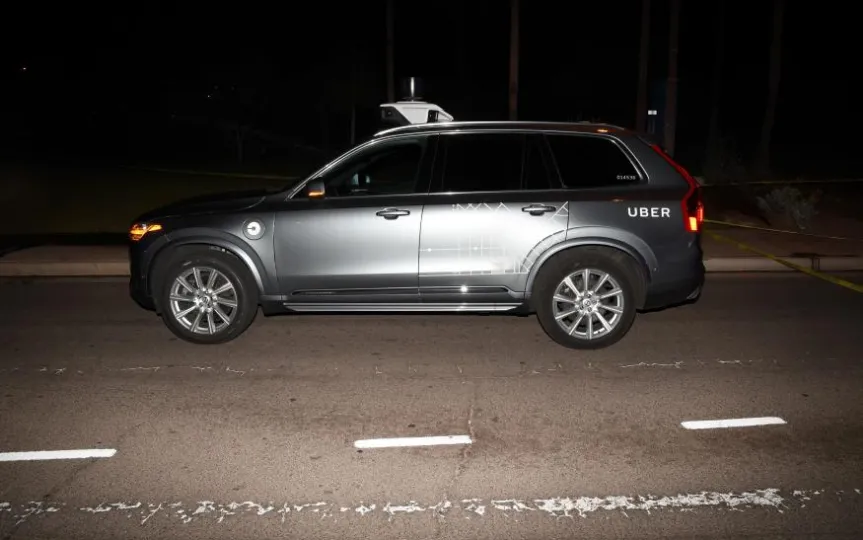Uber Self-Driving Car Safety Driver Pleads Guilty in Fatal Accident
Rafaela Vasquez, the Uber safety driver present during the first recorded self-driving car accident resulting in a pedestrian fatality, has admitted guilt and received a sentence for an endangerment charge. Vasquez will be on probation for three years due to her involvement in the 2018 collision in Tempe, Arizona, which tragically claimed the life of Elaine Herzberg as she crossed the road unlawfully at night. This sentence aligns with the prosecution’s requests and is more severe than the defense team’s plea for a six-month probation period.
The prosecution argued that Vasquez was ultimately guilty. With the autonomous car involved, Vasquez had to focus on the road and take over when necessary. The crash-modified Volvo XC90 operated with Level 3 autonomy and could be hands-free in limited circumstances, but required the driver to take the reins at a moment’s notice. It noticed Herzberg but did not respond to his presence.
The defense case was partly based on accusing Uber. Company executives thought it was only a matter of time before a crash occurred, according to leaked conversations. The National Transportation Safety Board’s (NTSB) crash findings also found that Uber had disabled the XC90’s emergency braking system, so the vehicle could not come to a sudden stop.
Tempe police claimed Vasquez had been watching a Hulu show and wasn’t paying attention at the time of the crash. Defense attorneys have argued that Vasquez was paying attention and was only momentarily distracted.
The lawsuit and verdict may affect how other courts handle similar cases. Most driverless cars have long been a matter of responsibility – is the person responsible for Kolar or the manufacturer? This suggests that people still face punishment if they can take control, even if the punishment is not as severe as in normal situations.
Fatal collisions related to independence are not new. Tesla has been at least partially blamed for crashes while Full Self Driving is active. The pedestrian case is unique, however, and looms large in the background of Waymo and GM’s Cruise’s newer Level 4 (completely driverless in limited situations) offerings and tests. Although the technology has advanced since 2018, the introduction of robotaxes is still required. machines can cause safety risks.




